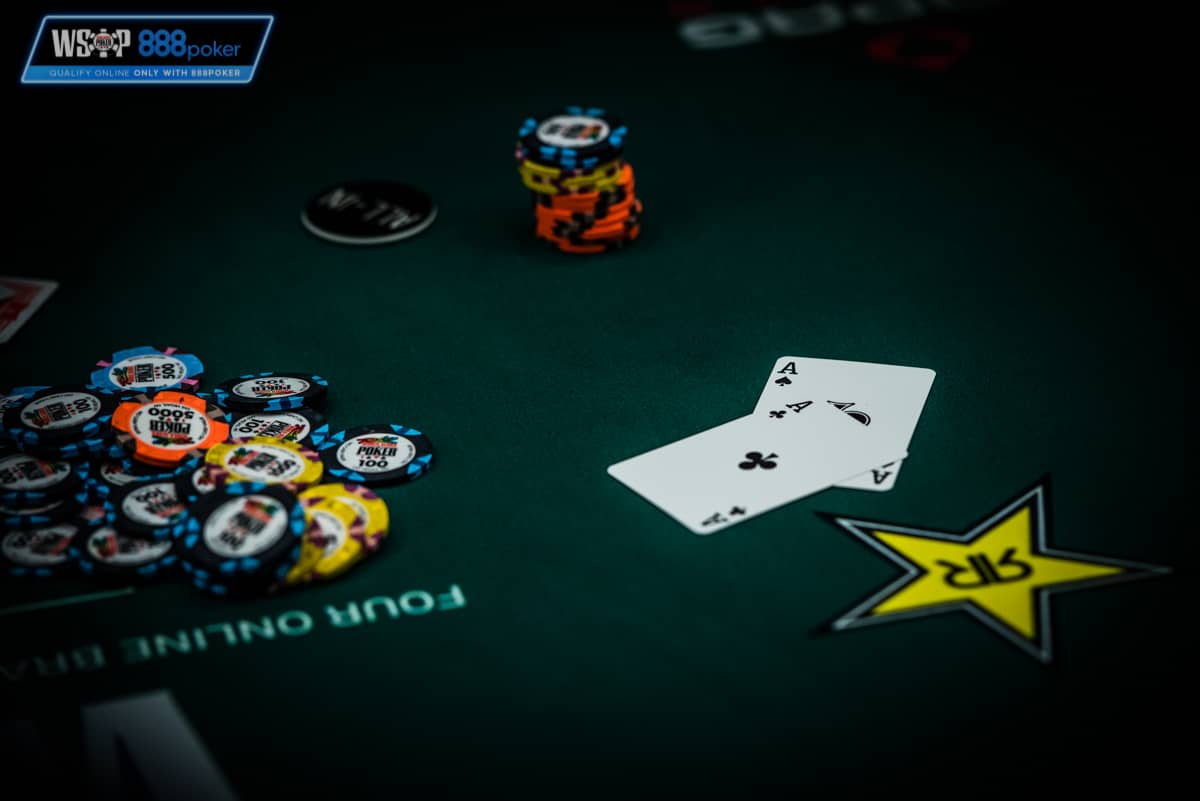First Wsop Main Event

The First World Series of Poker The World Series of Poker continues to gain in popularity with each passing year thanks to the main event wins of Chris Moneymaker and Greg Raymer in 2003 and 2004. The history of the event, however, stretches back to 1970, the year when the first World Series of Poker. Staff January 6, 2021. Live poker may be a struggle at the moment, but the regulated US online poker market continues to grow. That received a significant boost Wednesday with the announcement of a packed World Series of Poker Online Circuit schedule. The first Online Circuit Series kicks off Jan. 14 with a total of 13 events in 2021 on WSOP.com. That first World Series of Poker, with little more than a handful of players, attracted no public attention and little press coverage. No one outside of Las Vegas knew about the World Series of Poker - or cared about the outcome. The Main Event also attracted over two hundred players for the first time. Within five years, three hundred.
Part 1 Part 2 Part 3 Part 4 Part 5
Wsop Main Event Satellite Schedule
Psychological Comfort at the WSOP
Professional poker player Amir Vahedi, who final tabled the main event in 2003, famously stated, “In order to live, you must be willing to die.” If you believe you will be unwilling to bet or even call all-in in marginal situations for fear of being eliminated, then it would probably be best if you did not play the tournament at all. That being said, however, no one wants to be eliminated after two hours or on the money bubble, especially if you are playing the tournament in part for the experience.
What I recommend, then, is that you do what you can to avoid close situations where you may have to put your tournament life at stake without sacrificing any meaningful edge. I’ll give you an example from my own tournament last year: blinds were still 25/50, and everyone at the table had roughly the 10,000 chips with which he started. Several players limped in, and an aggressive player raised to 350 from his button. I was in the big blind with a pair of Tens.
I felt that my opponent’s range could be relatively wide in this situation, as attacking limpers from the button is a favorite move of many aggressive players when stacks are deep, but also that it would certainly include all pocket pairs that dominated mine. Re-raising in this situation would be justifiable, but stacks were so deep that my opponent could probably even call my reraise with a somewhat wide range since he would be in position post-flop. This could result in my having to make a large continuation bet on a scary board and/or call a large bet that would often, but not often enough to warrant a fold, come from a hand that had me beat. In short, I did not trust myself to handle a decision like this well during the first hour of my very first WSOP main event.
I elected simply to call instead, inviting the limpers to call as well. Pocket Tens are a strong hand, and I was surely losing some value by not reraising them pre-flop. However, I felt I could gain this value back the times that I flopped a set. Given that I was likely to see a flop against several opponents, including one aggressive player who was at least representing a big hand, I felt I could win a fairly large pot the times that I flopped a set and get away cheaply otherwise. This was a lower variance line that made my hand much easier to play and avoided a potentially dangerous situation without sacrificing much if any expected value.
As we approached the money bubble, I found myself in a similar situation. The prize money for even the lowest pay-outs was $15,000, which would have been a tremendous boon to my bankroll. At the same time, however, I promised myself before I even began playing satellites to the main event that if I played, I was going to play to win, even if that meant an increased risk of winning nothing at all.
The chip leader at the table was very aggressive and throughout the day had shown a willingness to put people to decisions for all of their chips. He definitely had a good understanding of bubble dynamics and had been picking on some of the more scared players at our table. Prior to the bubble, I had played back at him a few times, so he knew that I knew what he was up to. I had about 42,000 chips at the 400/800 level, whereas he had well over 200,000. From middle position, he made his standard raise to 2500. The big blind was rather weak, and I felt the chip leader could raise him with a very wide range.

Wsop 2020 Main Event Schedule
I, in the small blind, had a pair of 5’s. I contemplated a reraise, but felt my opponent was very capable of four-betting a wide enough range that I would actually have a difficult decision with my measly pocket pair. I then considered calling and playing for set value, as I had done earlier with the T’s, but this time it was likely to be a heads up pot against an opponent who had not shown very much strength so far. Thus, I was going to be bluffed off of the best hand often but not necessarily win a big pot if I did hit a set. Ultimately, I elected to fold, as I could not devise a profitable way to play what was likely to be the best hand.
Wsop Main Event Past Winners
The important thing here is that I folded pre-flop, giving up in equity what was at most a fraction of the antes and my opponent’s raise. I did not 3-bet and then reluctantly fold what may have been the best hand in a much larger pot, and I did not call planning to check-fold the 85% of flops that did not contain a 5, which would have cost me a large fraction of my bet. I did my best to avoid the rough spot altogether. It is also important to note that with a larger pair, say pocket 9’s, I would have played more aggressively and been willing to take the increased risk of elimination on the money bubble. With a better pair, folding pre-flop is simply sacrificing too much.